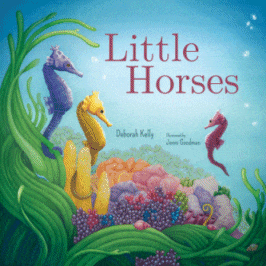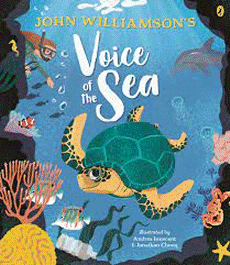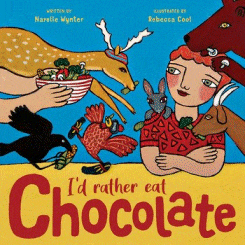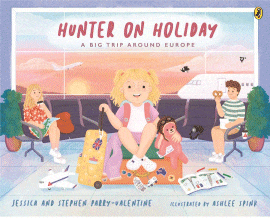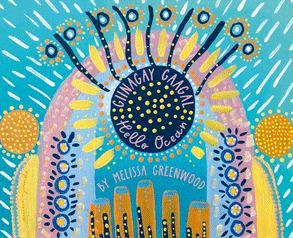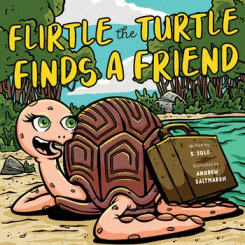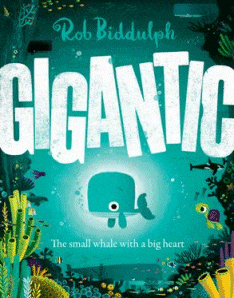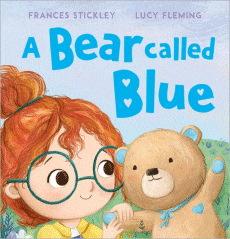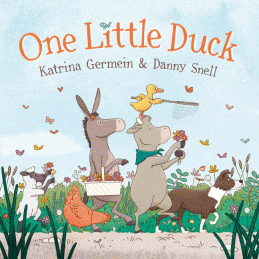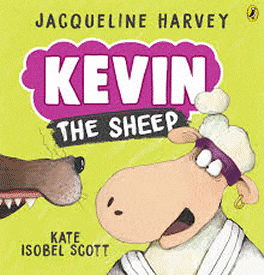
Kevin the Sheep
Kevin the Sheep
Jacqueline Harvey
Kate Isobel Scott
Puffin, 2024
32pp., hbk., RRP $A17.99
9781761048951
Shaun, Shauna, Sheryl and Shane are sheep – and are as predictable in their sheepish behaviour as the alliteration of their names. Along with the rest of the flock, they are happy doing the same things over and over day after day in their fields of green grass and clover.
But Kevin is different. To start with, he’s allergic to grass and would much prefer a bowl of soup (sprinkled with chives) and instead of subjecting himself to the regular shearing, he prefers to keep his locks long, and have painted purple hooves! And if that’s not enough, he’s into drama and dance, is learning to knit (from a Ewe-Tube video), and is mastering kung fu, among other things. Sadly for Kevin, the other sheep don’t approve and ostracise him, make him feel like an outcast and he gets sadder and sadder. Until one night…
There are many stories for young readers about being yourself, embracing the things that make you unique and standing up to those who would prefer you to be one of the flock, but few that I have read have been as LOL funny as this one, and as appealing. Living as I do in sheep country, sheep behaviour is a common sight and both the author and the illustrator have captured that brilliantly. A paddock of sheep is a paddock of sheep is a paddock of sheep… So to have a Kevin to rock the flock is a masterpiece, particularly as his differences span all sorts of attributes from physical appearance to food allergies to sporting prowess to hobby choices… No matter how a little one in your realm stands out from the crowd, they will be able to relate to Kevin and draw strength from his determination to accept his differences (even though it takes some sleepless nights to understand that he has the inner strength to do so) so that they, too, can revel in who they are, what they look like and what they can do.
Teachers’ notes include some pages to colour that could become the centrepiece of the reader’s own story or they might even like to use Kate Scott’s illustrations as a model to draw Kevin doing what they like to do most, then making up their own story to go with that.
Definitely one for both the home and school library.
